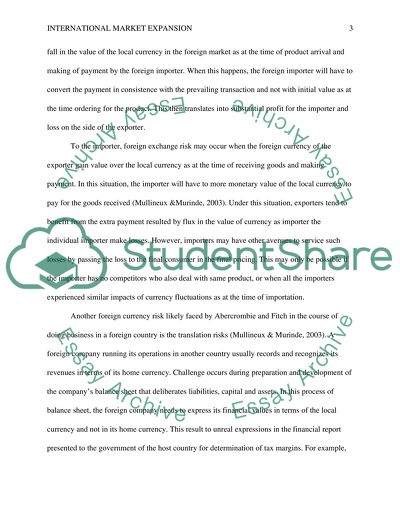Cite this document
(“A Case Study of Abercrombie & Fitch Entry into the Brazilian Market Research Paper - 1”, n.d.)
A Case Study of Abercrombie & Fitch Entry into the Brazilian Market Research Paper - 1. Retrieved from https://studentshare.org/finance-accounting/1609944-international-market-expansion-abercrombie-fitch-into-brazil
A Case Study of Abercrombie & Fitch Entry into the Brazilian Market Research Paper - 1. Retrieved from https://studentshare.org/finance-accounting/1609944-international-market-expansion-abercrombie-fitch-into-brazil
(A Case Study of Abercrombie & Fitch Entry into the Brazilian Market Research Paper - 1)
A Case Study of Abercrombie & Fitch Entry into the Brazilian Market Research Paper - 1. https://studentshare.org/finance-accounting/1609944-international-market-expansion-abercrombie-fitch-into-brazil.
A Case Study of Abercrombie & Fitch Entry into the Brazilian Market Research Paper - 1. https://studentshare.org/finance-accounting/1609944-international-market-expansion-abercrombie-fitch-into-brazil.
“A Case Study of Abercrombie & Fitch Entry into the Brazilian Market Research Paper - 1”, n.d. https://studentshare.org/finance-accounting/1609944-international-market-expansion-abercrombie-fitch-into-brazil.


